Human to Monster–Criminals of History
There is good in all people. Everyone has the potential and opportunity to achieve their dreams and become astounding people. However, sometimes things don’t go according to plan. All it takes is a series of unfortunate events occurring at just the right time to cause a person to become a misunderstood, inhumane, cold-blooded monster.
The human brain is a powerful thing, arguably, the most powerful thing in the world. There are three fascinating criminals that are covered in this article, one serial killer, one outlaw, and a bloodthirsty war criminal. Each of them has their own unique and enthralling story. Tracing the steps of those who pursued questionable careers in their lives is a tedious and arduous task, but in the end, is engrossing and can shed light on the thoughts behind the actions.
H.H. Holmes
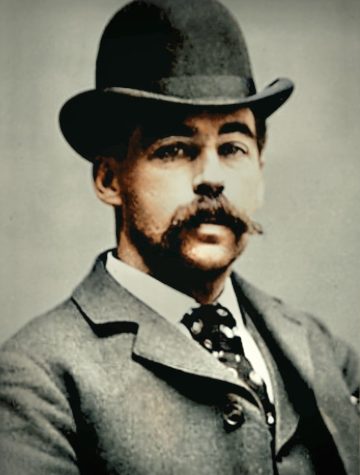
H.H. Holmes was born Herman Webster Mudgett. He was born in Gilmanton, New Hampshire on May 16, 1861. A lack of information, unfortunately, covers up most of his young childhood. Despite this, it is believed that as a child, Holmes’s childhood was “shaped by physical abuse, difficulties in socializing with peers, and cruelty towards animals,” (cpu.edu). However, it is critical to note there isn’t a substantial amount of evidence to prove this, so this information was speculated by a newspaper at the time.
However, there is only one known incident that impacted the boy to become the serial killer we know today. According to biographics.org, the incident that sparked his insatiable fascination with the human body happened when “he was about 13. Two older boys dragged him into the local doctor’s office – a place that Holmes was terrified of due to the lurid tales he’d been told of the body parts that were left lying around. The bullies brought the terrified boy face-to-face with a human skeleton. But rather than frightening him, the human bones fascinated the child. This fascination grew into an adult desire to study medicine.
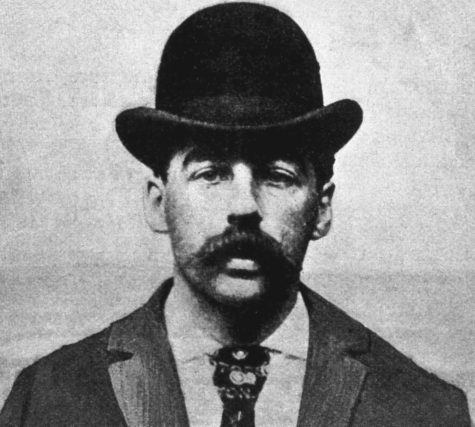
After deciding to pursue a career in the medical field, Holmes graduated from the University of Michigan’s Department of Medicine in 1884 and Surgery where he began procuring his own cadavers he robbed from graves and morgues to study, dissect, and research. Central Philippine University also noted, “being a doctor was the perfect façade for Holmes, as it gave him the access, tools, and resources he needed to continue killing.”
When discussing H. H. Holmes, it is critical to remember that journalists will often exaggerate facts to achieve a captivating story. This is very clear when discussing the fascinating story of Holmes’ “Murder Castle.” In 1890, Holmes bought a property in Chicago, which he would turn into his infamous Murder Castle. It was originally a drugstore with multiple floors, which he converted into a hotel.
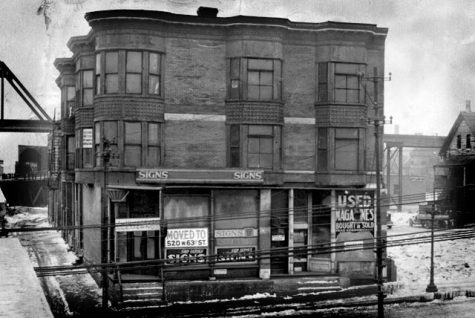
Holmes supposedly saw his opportunity to optimally kill as many as he wished; the World’s Fair was hosted in Chicago, the 400th-anniversary celebration of Columbus arriving in America, and Holmes allegedly lured over 200 people into his hotel and murdered them. However, we have no clue as to whether or not this is true, for Holmes had the propensity to lie and exaggerate. In fact, some of the people he confessed to killing were still alive.
His hotel was supposedly filled with trap doors, secret rooms, mazes, gas chambers, and numerous chutes that led to the basement. It’s believed that human and animal remains were found in the Murder Castle; however, with the lack of current information, there is no way to prove the Murder Castle was even a Murder Castle, for it burned down in 1895 and was completely torn down in 1938.
Holmes was finally arrested and executed for the kidnappings and murders of Benjamin Pietzel and his two daughters. He was sentenced to be hanged in 1896 and was buried in a grave encased with concrete to prevent anyone from stealing his corpse.
Billy the Kid
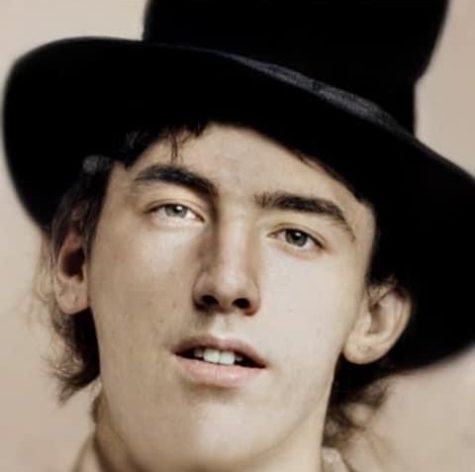
Billy the Kid was born Henry McCarty in 1859 in the Irish Slums of New York City (History.com). Unfortunately, little is known about McCarty’s early life; however, it is believed he moved out west to Wichita, Kansas in the early 1870s. His family later moved to Lincoln County, New Mexico in 1873, where his mother married a man and eventually died of tuberculosis in 1874, orphaning young McCarty. Billy later left his stepfather and his brother to work as a ranch hand.
It was around this time that McCarty commenced his early life of crime. He is recorded to have stolen food, clothes, and guns. McCarty, however, didn’t kill until 1876, when he supposedly killed a group of Apache Natives in the Guadalupe Mountains (history.com).
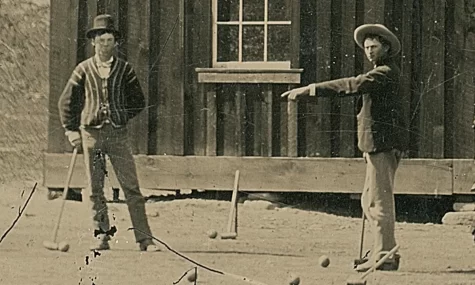
It wasn’t long until he killed again; a man named Frank “Windy” Cahill who was said to have picked on McCarty on numerous occasions. This ended in 1877 when Cahill went too far. According to witness accounts, he called McCarty a “pimp,” to which McCarty recriminated by calling him a “son of a bitch.” Cahill jumped McCarty, and easily pinned him to the ground. McCarty panicked, yanked his pistol out, and shot Cahill, who died the following day. A witness stated, “[McCarty] had no choice; he had to use his equalizer.”
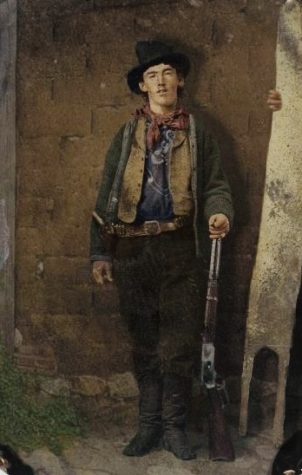
McCarty was a wanted outlaw, he sought refuge by working as a rancher and bodyguard for John Tunstall. Tunstall was an English-born rancher whom McCarty was very fond of, and was killed by an Irish, rival cattle gang. His murder infuriated McCarty and led him to play a major role in the bloody Lincoln County War, which was essentially the equivalent of the modern-day gang war.
Due to Tunstall’s death, McCarty took charge of the vigilante gang known as the Regulators (history.com). McCarty’s gang was sieged by their rival gang in a house in Lincoln, and later (according to pbs.org), “Army cavalry and infantry companies arrived with a rapid-fire Gatling gun, 2,000 rounds of ammunition, and a 12-pound mountain howitzer. Despite claiming to remain neutral, the Army aims their cannon at the Regulators, and threatens to ‘blow the house away’ if anyone inside fires.” In spite of this, McCarty and the Regulators refused to surrender and eventually made a miraculous and daring escape, shooting their way out of town.
After another two years of being on the run, Sheriff Pat Garrett finally captured McCarty. McCarty was brought to court, found guilty of the murder of Sheriff Brady (who was killed in an ambush during the Lincoln County War), and was sentenced to be hanged. According to legend, when the judge sentenced him to be “hanged until he was dead, dead, dead.” McCarty replied, “And you can go to hell, hell, hell.”
McCarty escaped captivity a final time. According to history.com, “on April 28, two weeks before his scheduled execution, Billy wrested a gun from one of his jailers and shot him and another deputy dead in a daring escape that received considerable national attention.” In his final days, Billy the Kid stayed on a ranch in the vicinity of Fort Sumner. When Sheriff Pat Garrett entered his room in the dark, McCarty drew his gun and asked “¿Quién es? ¿Quién es?” (Spanish for “Who is it? Who is it?”). Recognizing his voice, Garrett promptly drew his revolver and fired at McCarty twice. Billy the Kid was killed at 21 years old.
The Angel of Death
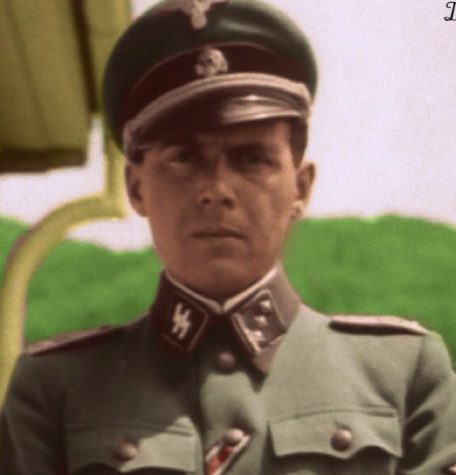
The ‘Angel of Death’ was born Josef Rudolf Mengele on the 16th of March, 1911, in Günzburg, Bavaria, Germany. Mengele’s mother was reportedly very attached to him and had very high expectations, which Mengele struggled to meet. When he turned 15, he contracted the (often fatal at the time) serious bone marrow disease osteomyelitis. According to biographics.org, he was out of school for about six months and was far behind his fellow peers academically.
However, continued by biographics.org states that, “over the next two years, Josef showed a remarkable level of self-discipline to, not only catch up but surpass many of his fellow students’ grades.” He quickly became popular amongst his peers and teachers, as he was an incredibly hard-working man.
In 1930, Mengele graduated from high school and was interested in studying medicine, human genetics, and physical anthropology. According to nytimes.com, Mengele’s fascination was “largely in tune with the scientific mood of the times” in the 1930s. He was accepted into the medical and philosophy facilities at Munich University, he aspired to become a doctor.
According to biographics.org, Mengele was incredibly popular on campus, as he stood out from everyone else. “He was always impeccably dressed and had developed the air of a gentleman. He treated women with old-fashioned dignity and was a very good dancer.” During his first year at the campus, he had a growing interest in politics, prompting him to join the Steel Helmets in March of 1931. Biographics.org states that “the Steel Helmets were a paramilitary group that advocated a return to the pre-war monarchy.” The Steel Helmets were a stepping stone into the Nazi Party, which was widely promoted in beer halls and on campus.
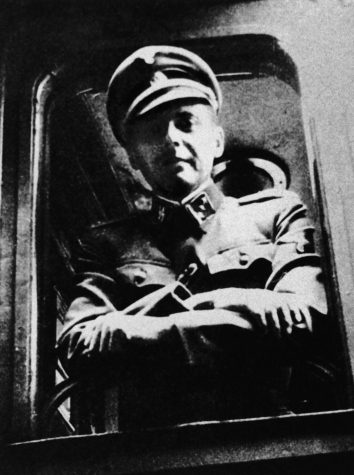
Mengele learned in his lectures the subject of Social-Darwinism, a belief that all races were in a constant struggle to be the best, and that some races were superior to others. The belief in “survival of the fittest.” The Nazi Party advocated for glory to return to Germany, a return to German pride, they also exhorted that the Aryan race was superior to all others, which mixed with the idea of Social-Darwinism, appealed greatly to young Mengele.
In 1937, Mengele officially joined the Nazi party, and the next year, he joined the Schutzstaffel (SS). At the commencement of World War II, he served as a battalion medical officer. But in 1943, his loathsome sins commenced when he was transferred to Nazi concentration camp service, being assigned specifically to Auschwitz. It was here that he saw the opportunity to perform grueling and cruel experiments and conduct genetic research on innocent human beings, especially on twins; for example, he would inflict pain on one and see if it impacted the other one. Unfortunately, many of those he chose were children.
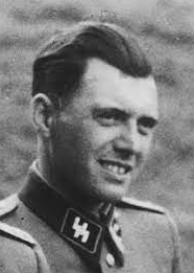
The name ‘Angel of Death’ was created as a result of his reprehensible actions. He was one of the doctors that deciphered whether or not you’d be put to austere, perilous labor or be killed immediately in a gas chamber. It was this man who murdered many innocent civilians and children during the Holocaust. In 1945, he and other SS officers evacuated Auschwitz ten days before the Soviets arrived, destroying most of the medical records. He managed to evade allied capture and moved to South America, where he lived the rest of his life until he died of a stroke while swimming off the coast of Bertioga, Santos, São Paulo, Brazil.
All crimes have a motive. Unfortunately, throughout history, many infamous criminals’ true motives are never revealed. It could be desperation, it could be mental illness, it could be curiosity, or it may simply be blood lust. For many historic figures, their true motives were held with them and died with them. In an attempt to retrace the steps of these three figures’ thought processes, I interviewed teachers who may have some insight into these matters.

Ms. Aristea Theodoropoulos, a psychology teacher at Roxbury High School, believes that it is incredibly “important to understand your specific criminals because there is a different reason behind their crimes if they are a psychopath versus a sociopath. Though the two diagnoses have overlapping issues, they are also distinct in their developmental formation and in their motivation for hurting others.”
Theodoropoulos explained the difference between a sociopath versus a psychopath by stating, “sociopaths are hot-headed. They have the ability to form genuine connections with people, but are often afraid of these connections as they tend to have a history of being hurt by those who were supposed to love them (ie. Parental figures). They were often abused, neglected, or abandoned as children by those who were supposed to take care of them.” She explained that this instills anxiety in them causing them to form “attachments with other people later in life,” They often experience a form of PTSD (especially from people that said/did something that made them feel as they felt as a child) and have a sense of self-entitlement, or narcissism, motivating them to hurt others.
Whilst sociopaths are ‘hot-headed,’ psychopaths are more ‘cold-hearted.’ She explained, “though they are less likely to do physical harm than sociopaths, they are also less likely to form intimate relationships and authentic connections with other people.” Psychopaths are, unlike sociopaths, born this way, not made this way. Little trauma is typically traced back to their childhood and harming others gives them a sense of power. Theodoropoulos finished by stating, “Though the sociopath will not admit it, they usually know what they have done is wrong. However, the psychopath will truly believe it is justified and distort logic to rationalize their behavior.”
The motives behind criminals can be the most mysterious and intriguing part of any story. Mr. Robert Doyle, the Criminology teacher at Roxbury High School, believes that all three of the criminals had a lust for power. Noting that, “All three are connected in a power-trip mentality.” and that, “a lot of serial killers such as John Wayne Gacy and Jeffrey Dahmer; they had messed up childhoods. Although I’m not sure of the childhoods of those three individuals, I have a funny feeling that they had very little power growing up, so when they became adults they got more freedom and took the power into their own hands.”
In conclusion, there is always a motive. All people start the same way, as innocent, pure infants. Nevertheless, all that is required to turn these once innocent, pure infants into coldblooded monsters, is simply a series of unfortunate events. Each little thing stacks up on the other one, ever-increasing to the point of no return for these people. Unfortunately, the only thing we can do about these three men is to learn from them. Learn never to be deceitful, manipulative, or narcissistic; learn to never give in to desperation; learn to have a heart, and pursue your dreams with care for others instead of a lust for blood in the search of glory.






